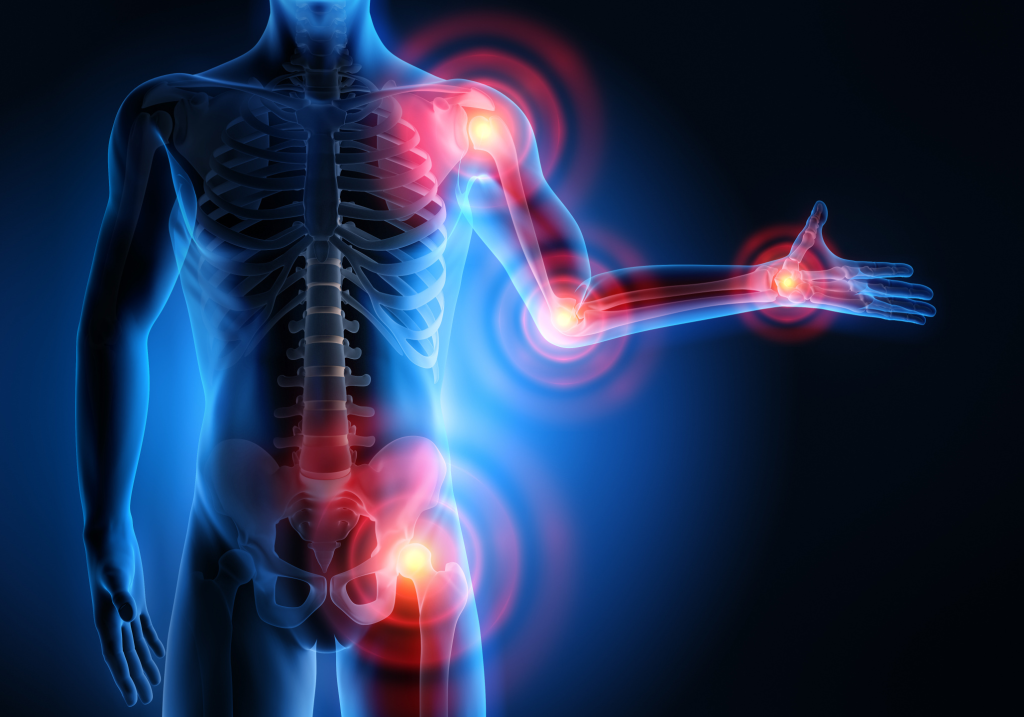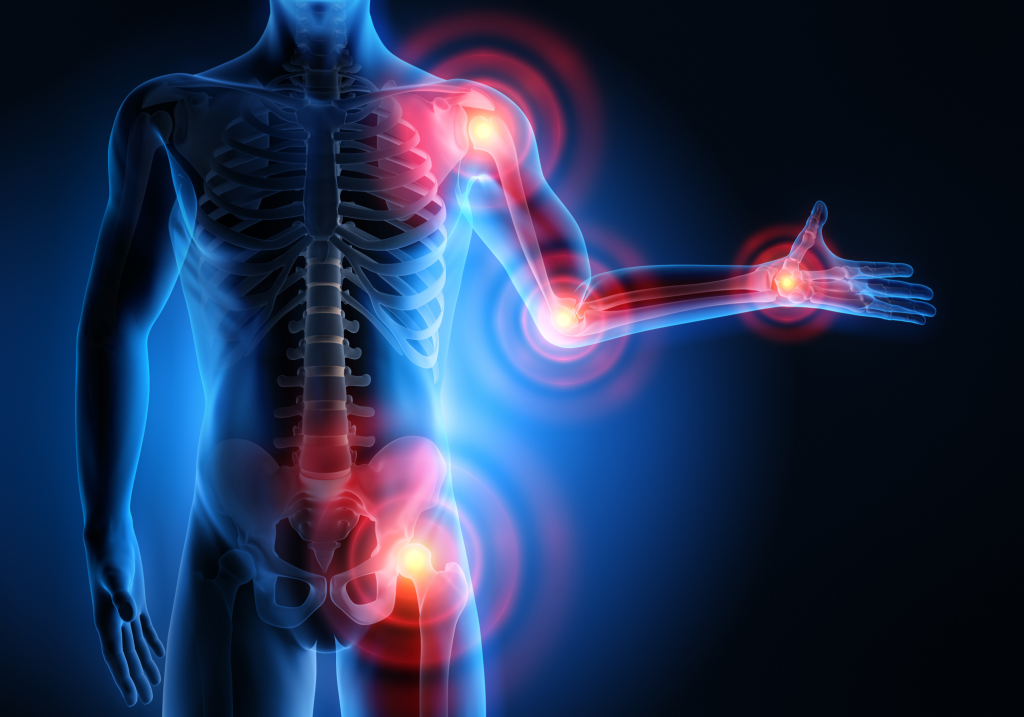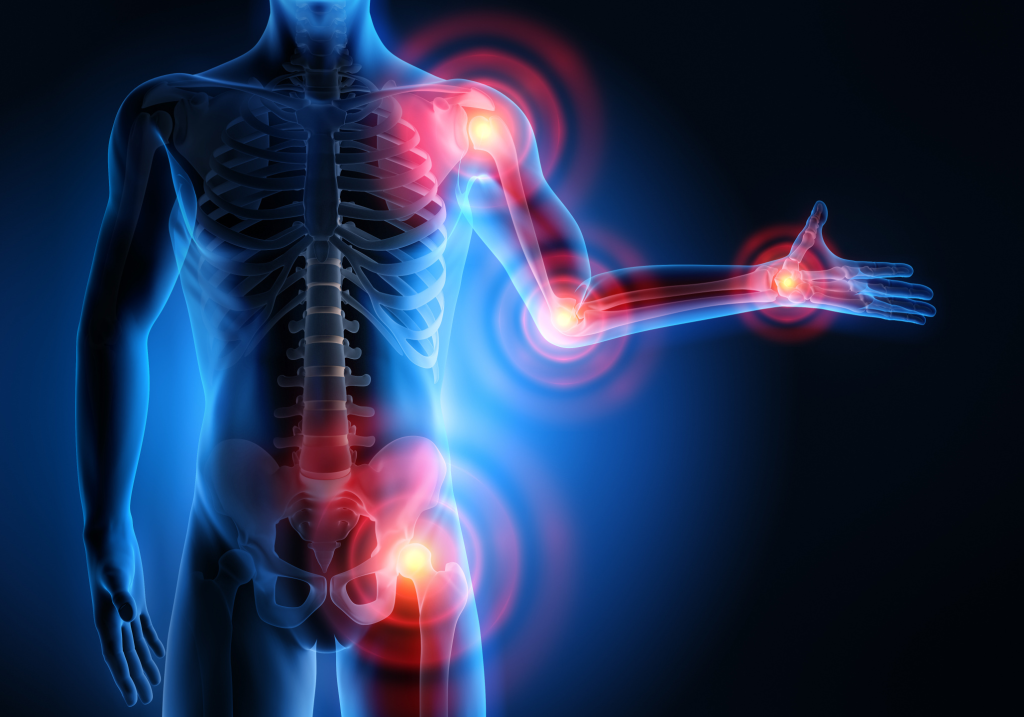
Abstract
This study analyzed the influence of pain perception, functional capacity, quality of life (QoL), and disease activity on the mental health of patients with Rheumatoid Arthritis (RA). A quantitative cross-sectional cohort study was conducted with 461 adults (M = 65.10; SD = 12.00), of whom 415 were women. Participants completed a sociodemographic and health conditions questionnaire, the Health Assessment Questionnaire Disability Index (HAQ-DI), the 12-item Short Form Health Survey (SF-12), and the Clinical Disease Activity Index (CDAI). Regression analyses revealed that CDAI (β = -0.066), fatigue (β = -0.143), joint pain (β = -0.079), HAQ-DI (β = 0.093), physical SF-12 (β = -0.222), poor sleep quality (β = -0.065), stress (β = -0.197), anxiety (β = -0.087), and depression (β = -0.312) significantly predicted mental health outcomes. Therefore, RA may negatively affect patients’ mental health, being associated with stress, poor sleep, depression, and anxiety, which in turn may exacerbate pain perception. Incorporating QoL assessments into routine clinical consultations may provide a more comprehensive approach to care, addressing both physical and emotional dimensions of health in patients with RA.






